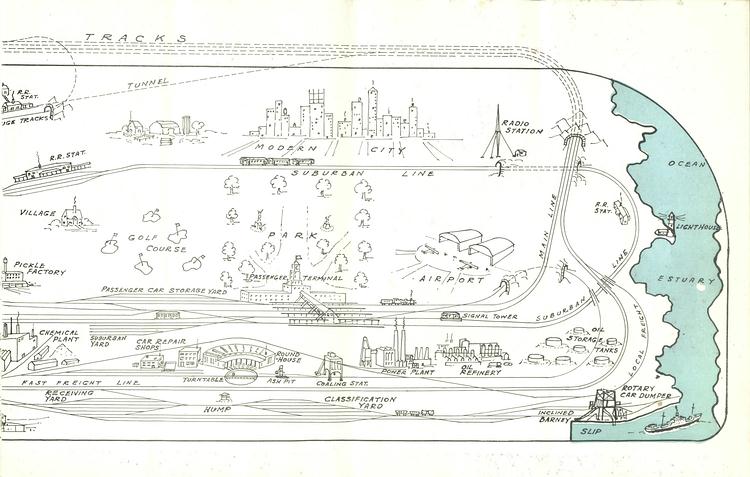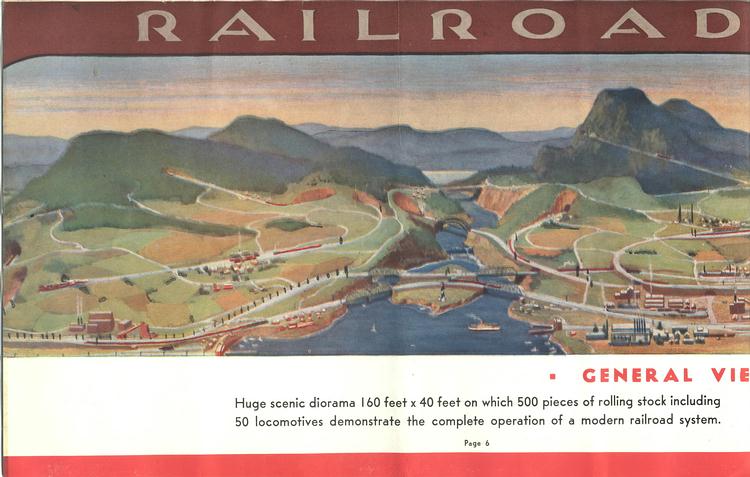It was a noble essay of the "World of Tomorrow", but the real "world of tomorrow" was World War Two, which erupted on September 1 of that year
RIP TRACK
The Fair was all about the vision and hope for a bright.. More astute people probably recognized that the future was likely to be dismal - according to Maury Klein's book A Call to Arms the US was already quietly taking steps to enable fast ramp up for wartime production as early as 1937. But the Fair was a good idea. As my grandfather always said" "Never take a person's hopes away from them. It may be all they have."













 >
>
























